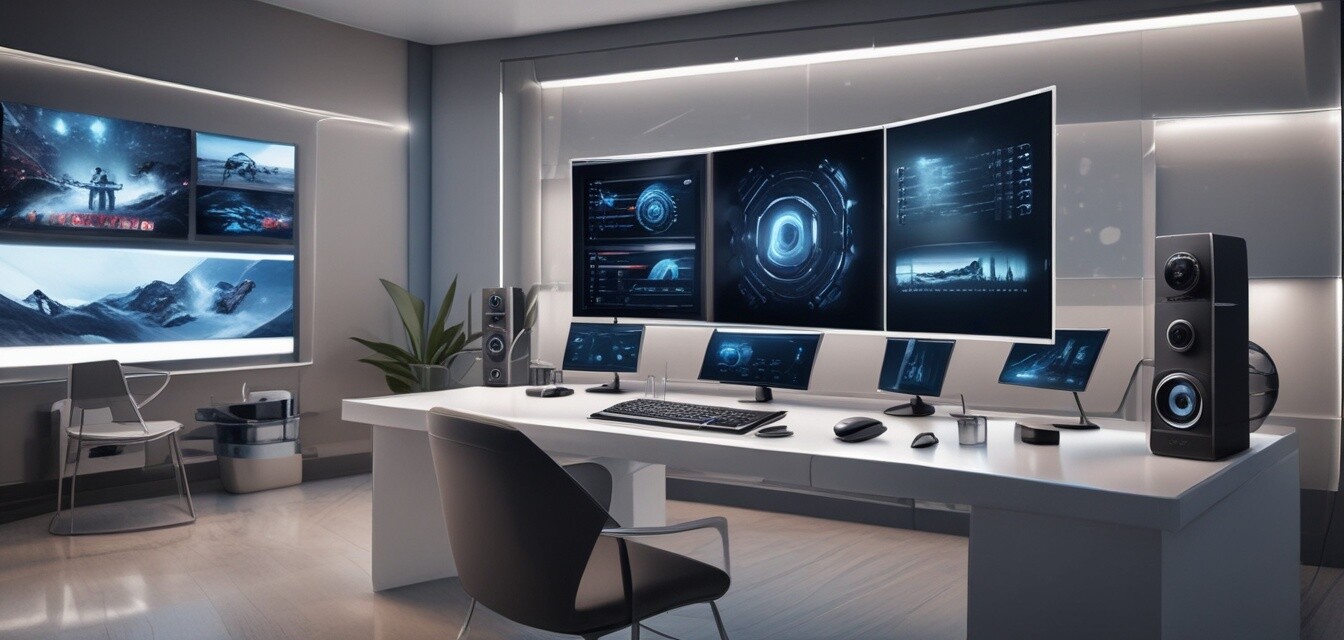
The Future of Office Spaces: Predictions for 2030
Key Takeaways
- Shift towards hybrid work models will redefine office layouts.
- Technology integration will enhance productivity and connectivity.
- Sustainability will play a critical role in office design.
- Remote work and flexibility will remain central to employee satisfaction.
As we approach 2030, the dynamics of office spaces are changing rapidly. With advancements in technology, evolving work patterns, and a growing focus on employee well-being, understanding the future layout and functionality of office spaces is crucial. This article delves into the predictions surrounding the evolution of office environments by 2030 and explores how these changes will impact both businesses and employees.
The Rise of Hybrid Work Models
In recent years, many organizations have adopted hybrid work models, which combine in-office work with remote opportunities. This evolution is expected to continue shaping office design significantly. As employees demand more flexibility, companies will need to rethink their physical setups. Here are some trends to consider:
- Flexible workspace designs that support both collaborative and individual work.
- Inevitably, office layouts will promote multifunctional areas designed for various tasks.
- Remote-ready setups to facilitate smooth transitions between in-person and virtual collaboration.
Office Space Layouts: What to Expect
The reimagining of office layouts will be driven by the need to enhance collaboration while maintaining personal space. Businesses will invest in adaptable designs, ensuring spaces are equipped to accommodate different work styles.
| Current Trends | Future Predictions for 2030 |
|---|---|
| Open office layouts | Hybrid zones with collaborative spaces |
| Fixed desks | Hot-desking and flexible seating |
| Standard conference rooms | Virtual meeting hubs with advanced tech |
Technological Integration
Technology will play a pivotal role in shaping the future of office spaces. With the increasing reliance on digital tools and software, integrating technology into office design will be essential. Here are some anticipated advancements:
- Implementation of smart technology in lighting, heating, and air conditioning to enhance comfort.
- Advanced audiovisual setups in meeting rooms for seamless virtual collaboration.
- Increased usage of augmented and virtual reality for training and team-building activities.
Benefits of Technological Integration
The integration of technology is not merely about keeping up with trends but also about enhancing productivity and employee satisfaction. Here are some benefits:
- Improves communication among team members.
- Facilitates easy access to resources irrespective of location.
- Enhances time management and workflow efficiency.
Sustainability in Office Design
As environmental concerns gain prominence, the future of office spaces will heavily focus on sustainability. By 2030, we can expect office designs to incorporate eco-friendly practices and materials. Key aspects will include:
- Utilizing sustainable and recycled materials in construction and furniture.
- Implementing energy-efficient systems to reduce overall carbon footprint.
- Designing spaces that optimize natural light and ventilation.
Pros of Sustainable Offices
- Promotes a healthier work environment.
- Can lead to significant cost savings.
- Attracts environmentally conscious talent.
Cons of Sustainable Offices
- Initial setup costs may be high.
- Requires ongoing maintenance and commitment.
- Possible limitations on material choices.
Remote Work Adaptations: The New Norm
The surge in remote work has transformed expectations around office spaces. Employees have realized the benefits of remote work, and organizations must adapt to this reality. By 2030, businesses will need to:
- Invest in tools that allow for efficient remote collaboration.
- Offer flexible work schedules to attract talent.
- Create relaxed work environments that prioritize well-being.
Changing Employee Expectations
As remote work evolves, employee preferences will shift towards flexibility and comfort in their workspaces. Companies will have to consider these aspects seriously to ensure employee satisfaction and retention.
Conclusion: Preparing for the Future
The future of office spaces is an exciting frontier marked by flexibility, technology, and sustainability. The predictions for 2030 reveal an emphasis on adaptability to meet the needs of a changing workforce. As businesses prepare to navigate these trends, those who embrace innovation and prioritize employee well-being will lead the charge in redefining the office experience.
To stay informed about the latest advancements in home office technology and setups, be sure to check our News and Trends section regularly. Understanding these changes will be essential for every business looking to thrive in the coming years.